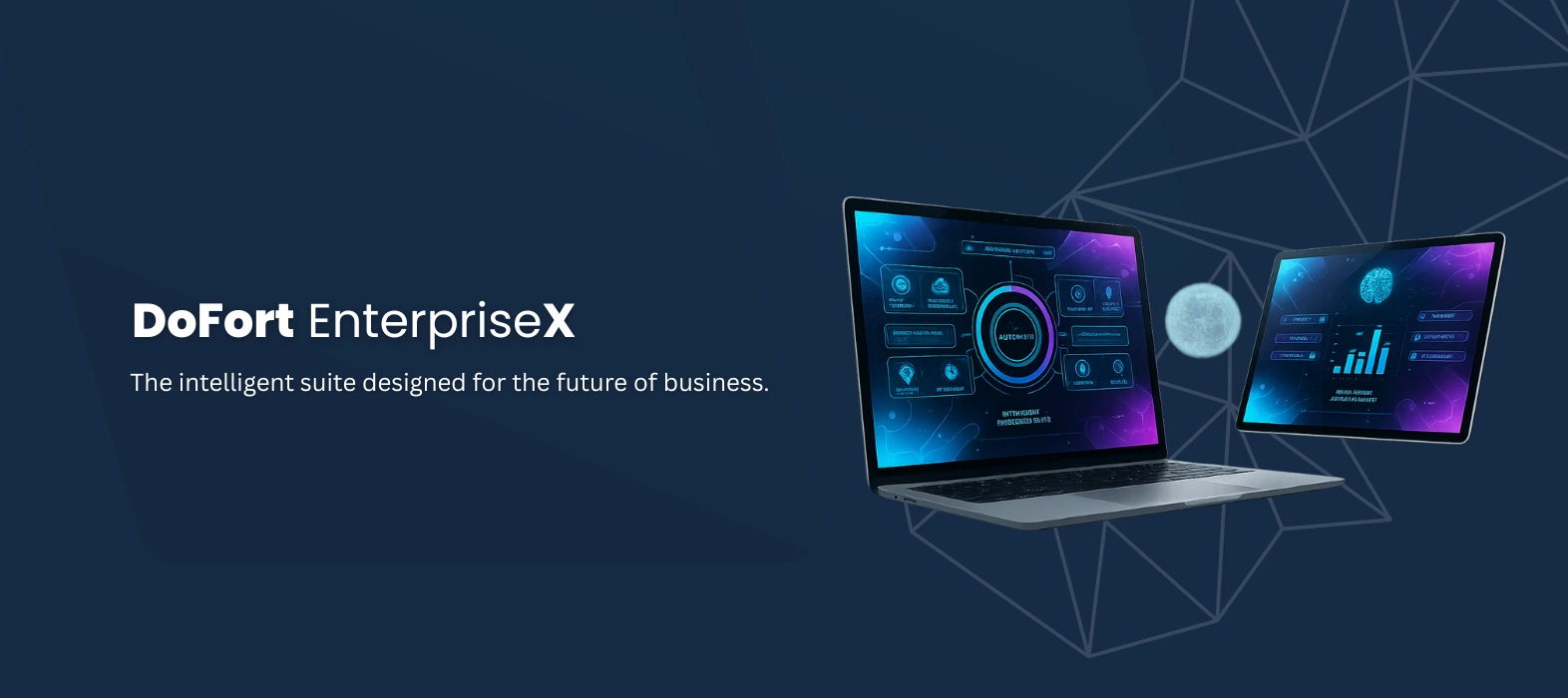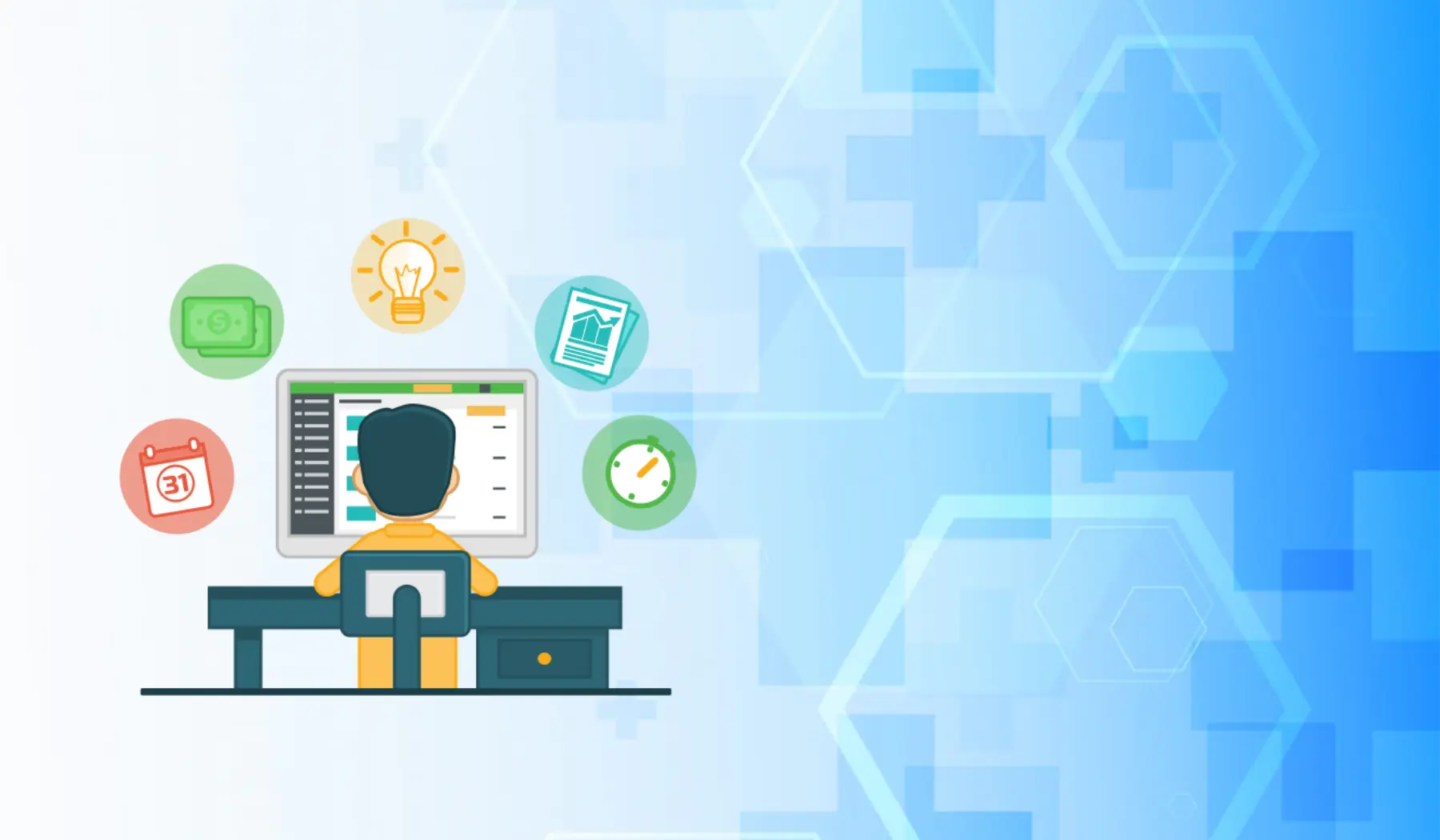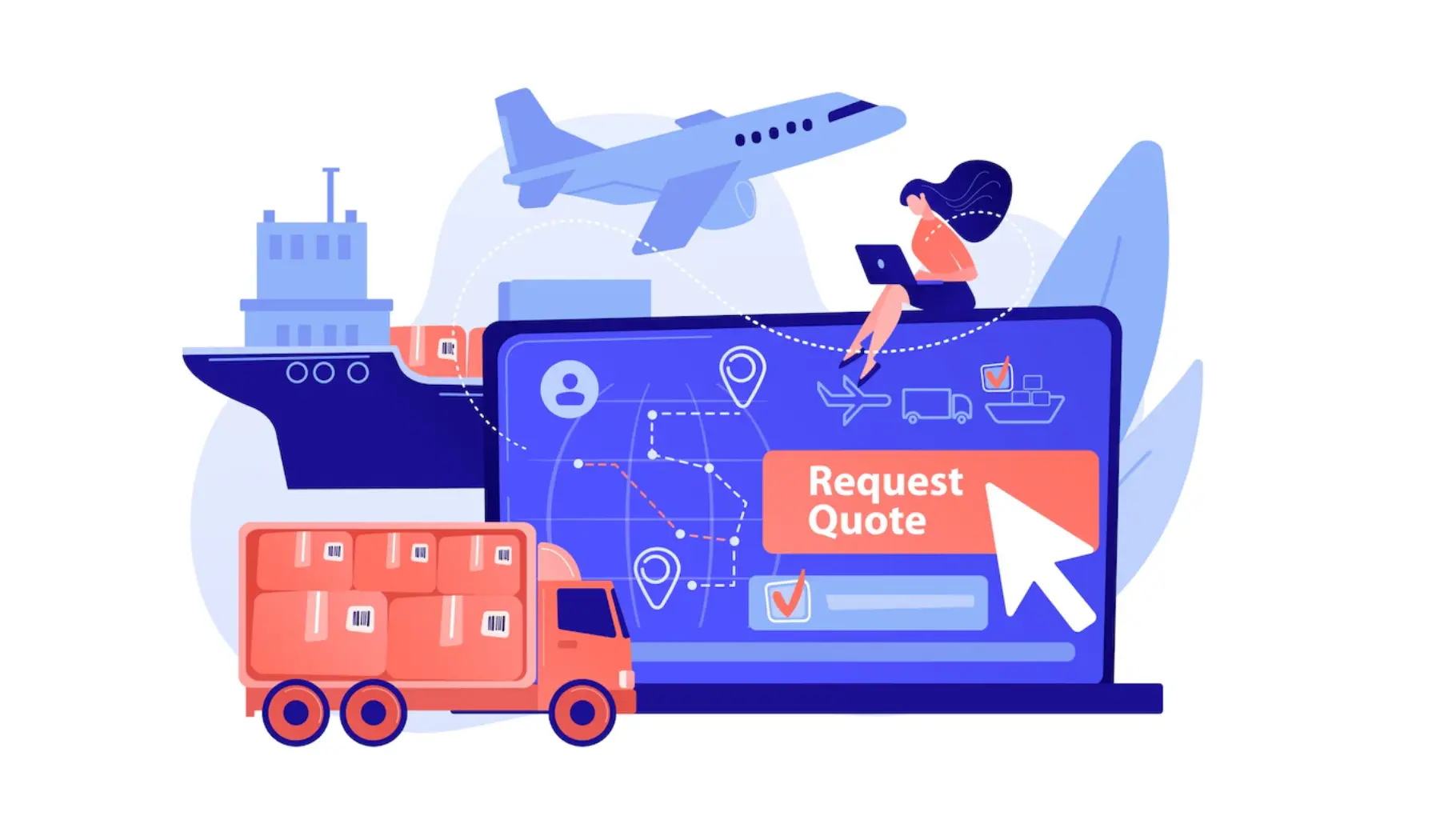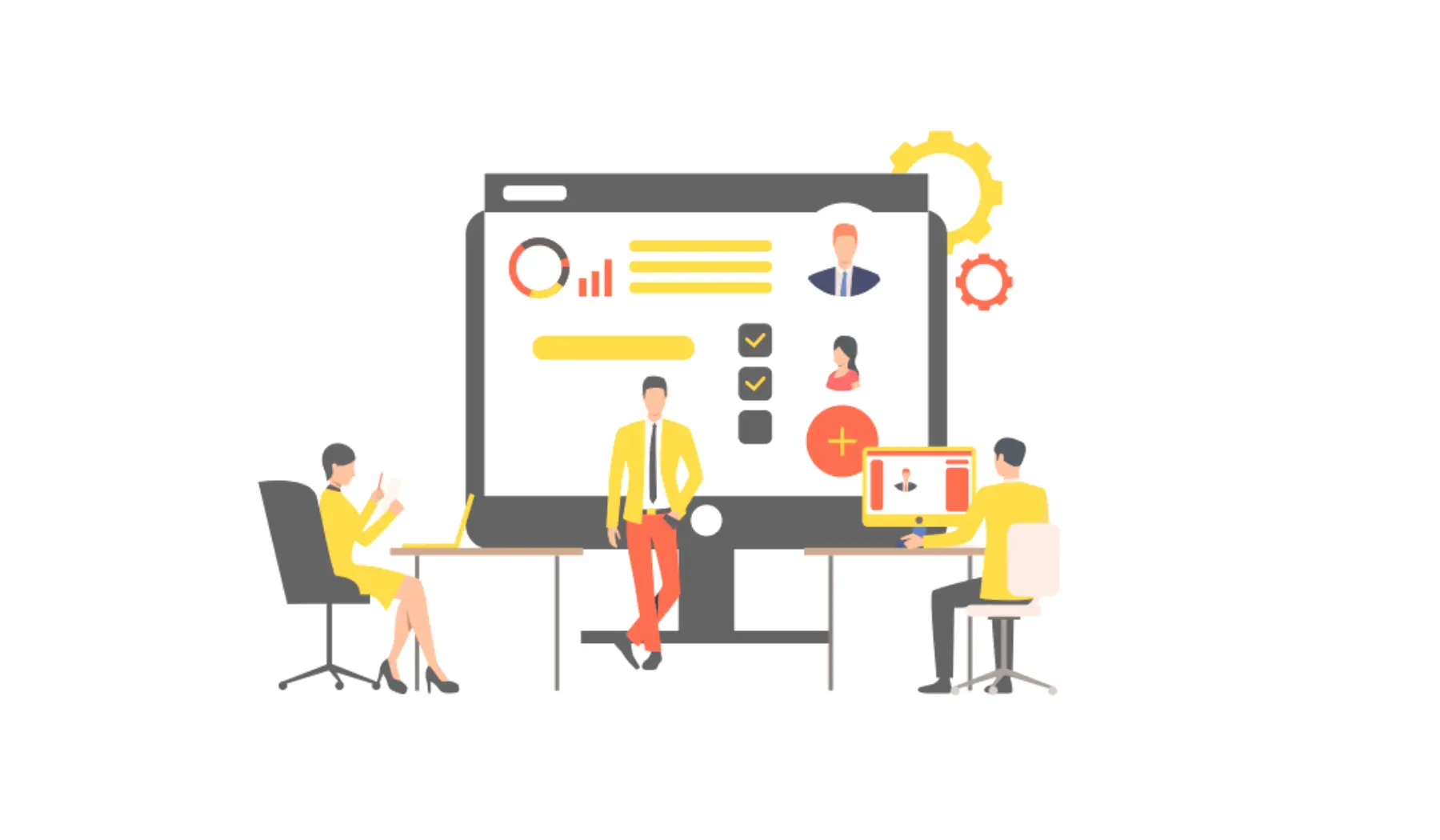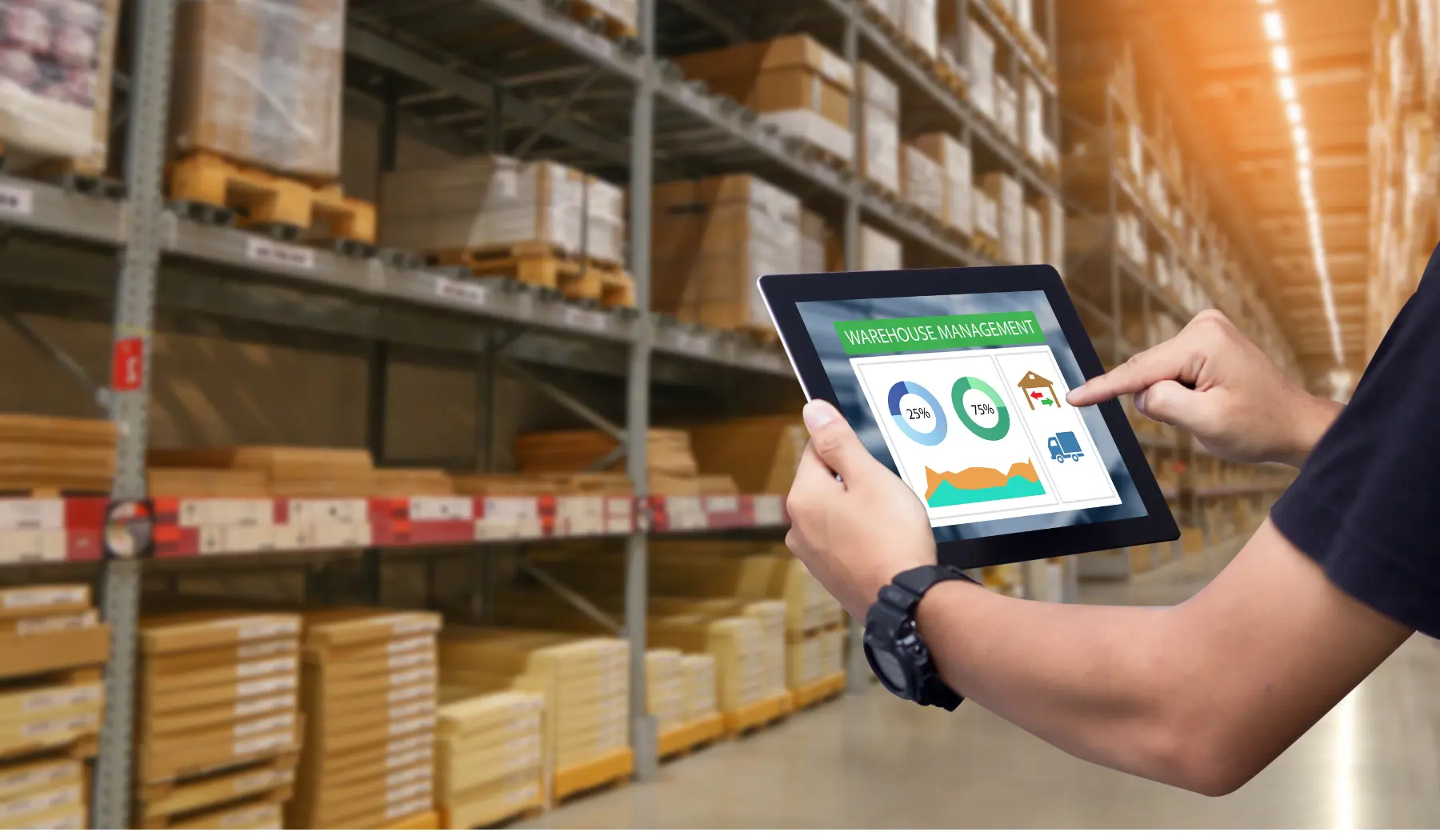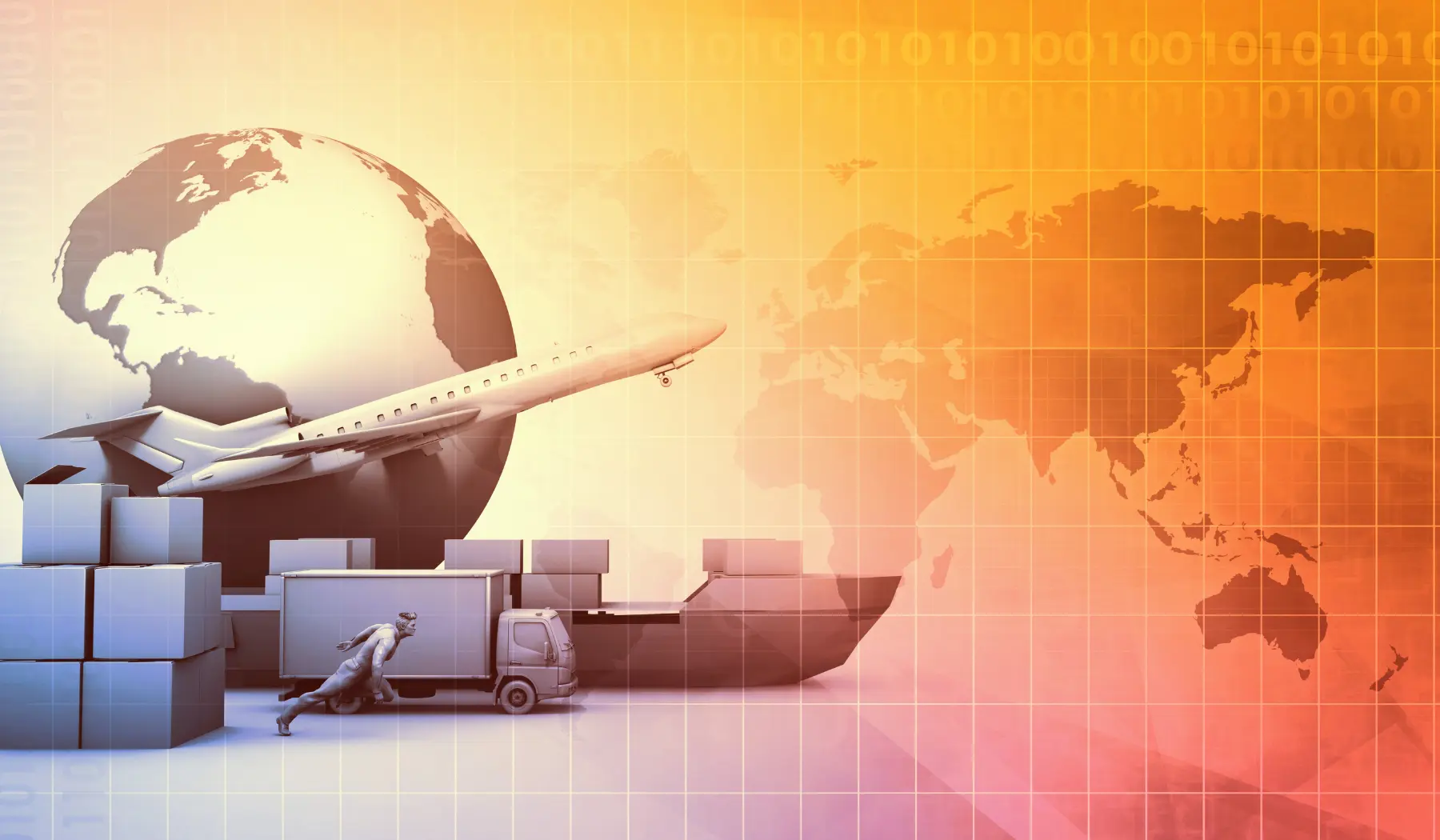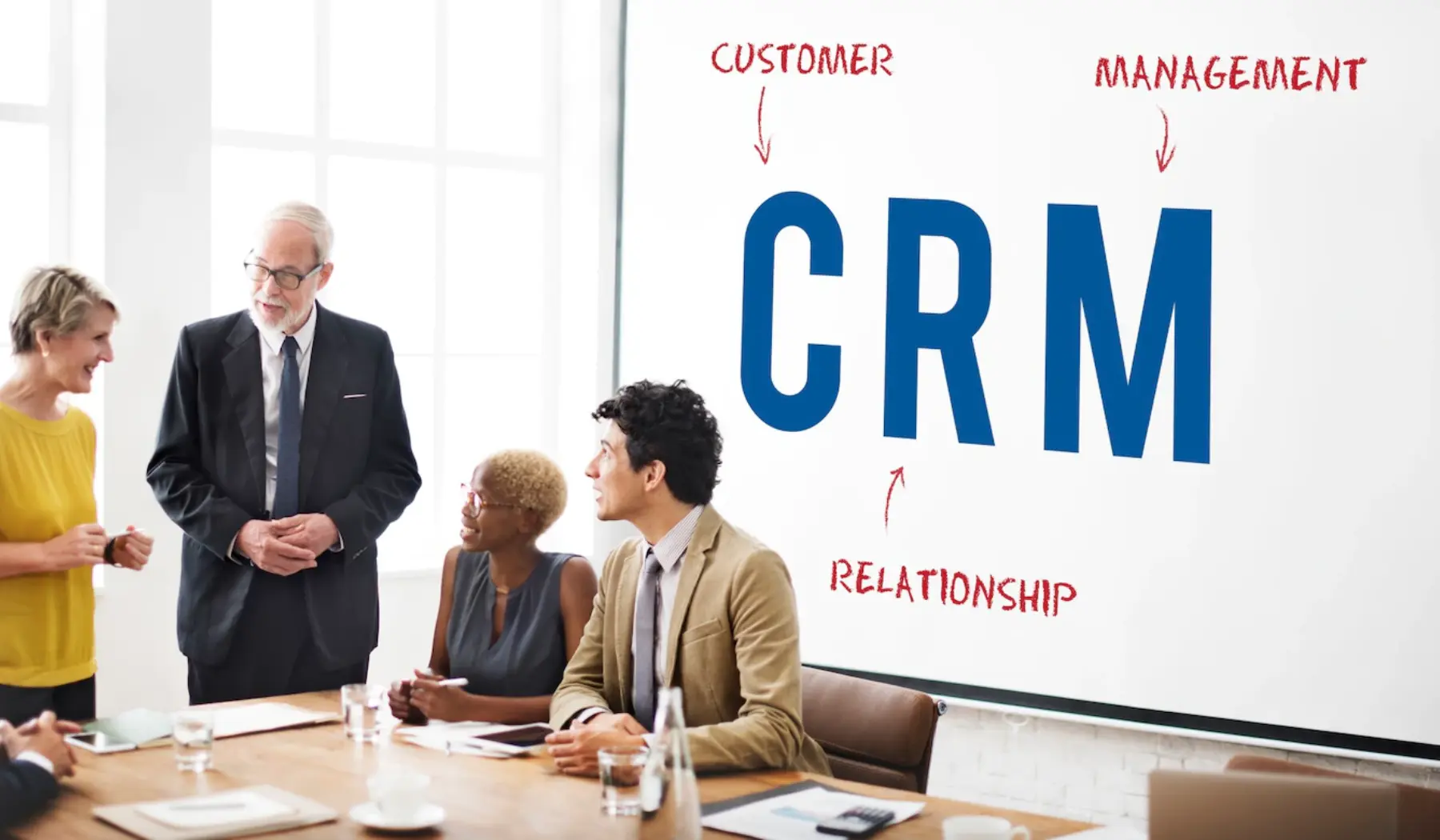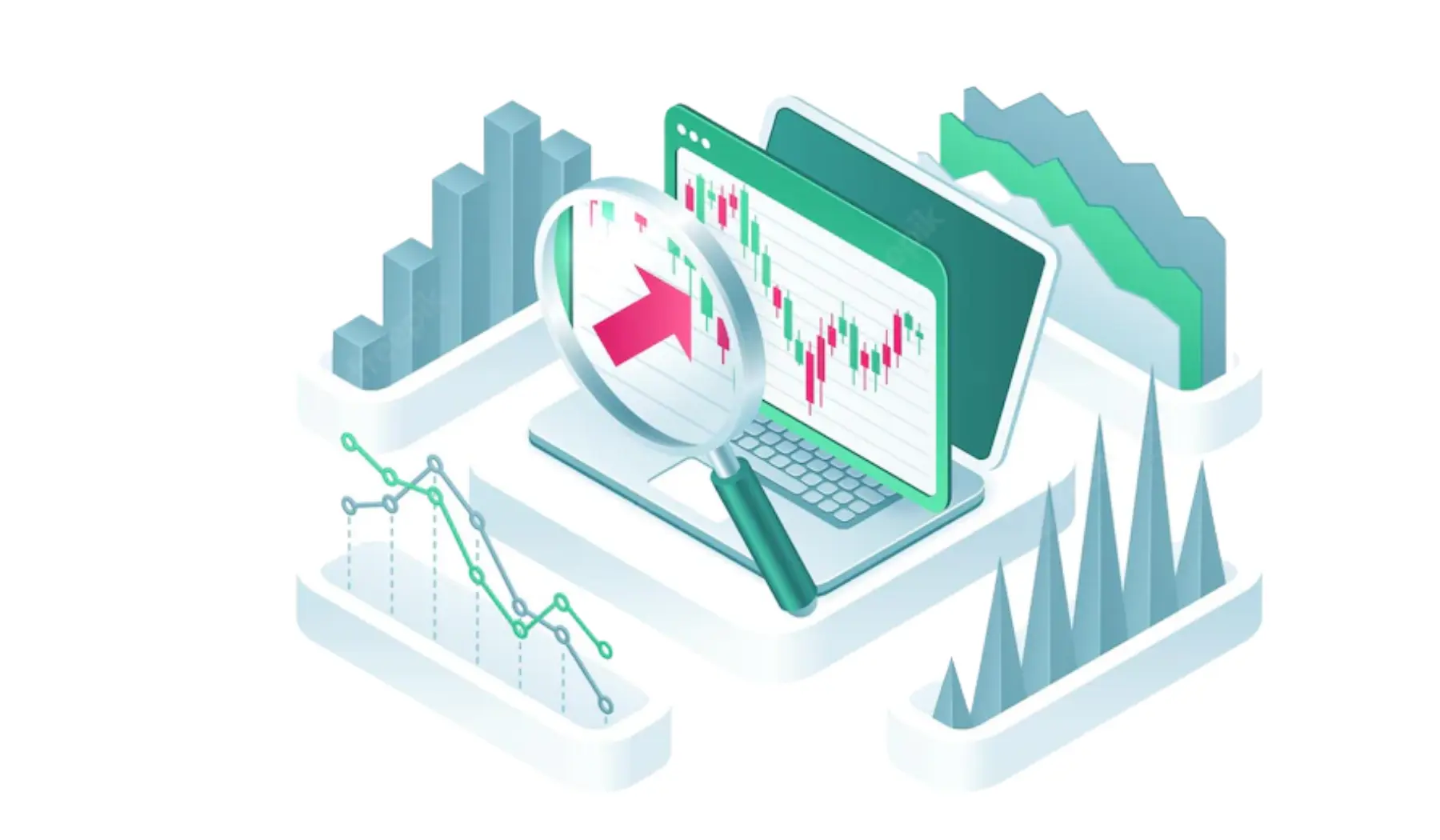Cloud ERP also allows businesses to access their operation applications from any location at any time. Cloud ERP solutions are made up of a variety of technologies that are linked by high-speed internet connections. Security upgrades are managed by the ERP provider, and the cloud ERP is always online. All that is required of your team is that they log in and use the ERP and its underlying data. This could lower the total cost of ownership compared to traditional ERP systems hosted on company-owned servers. Mobile devices and desktop computers are frequently used to access cloud ERPs. They contain a variety of business software designed to keep your company running smoothly while focusing on a great customer experience and successful business outcomes. Cloud-based ERPs enable your team to access any information they need, from customer sales meetings to remote work sites to your home office, thanks to their near-infinite scalability. Customer information, sales histories, financial data, human resources management tools, live operating metrics, supply chain status, and other elements are among the highlights. Almost any computer technology your company need can be connected with a cloud ERP. Various deployment options with modules and settings customized for your type of business are available, depending on your business needs. It will assist your team in remaining focused on the proper measures and procedure in order to meet your company's goals.
